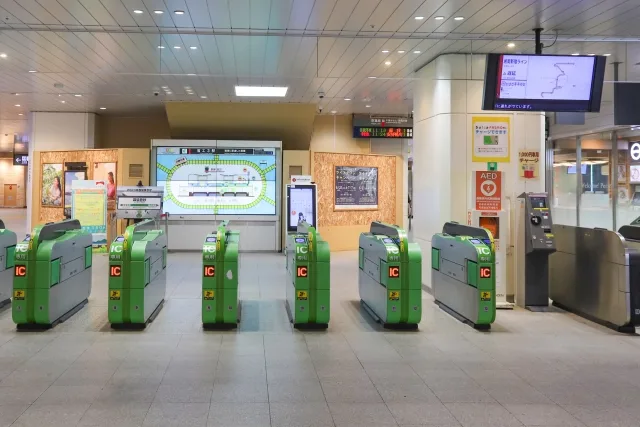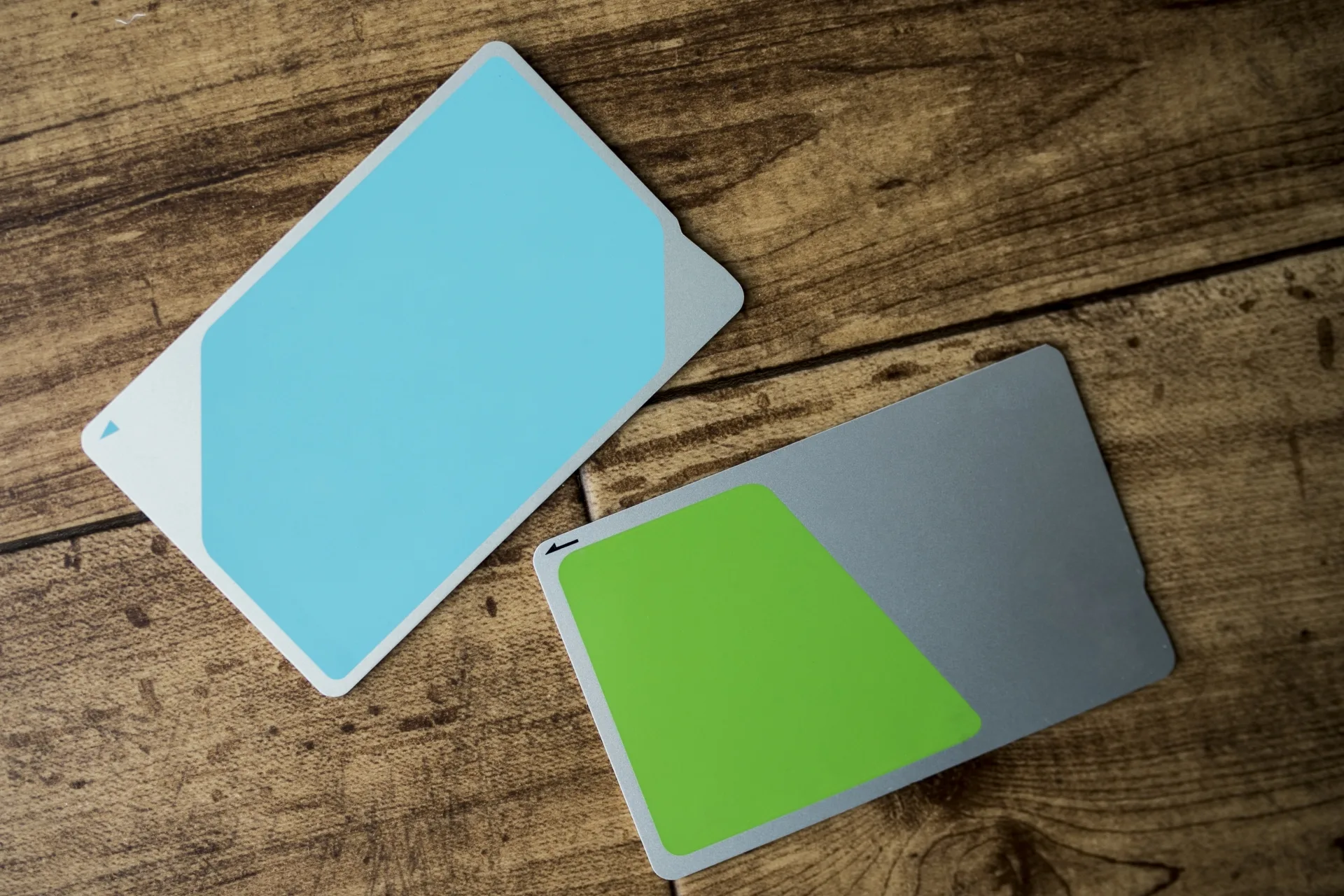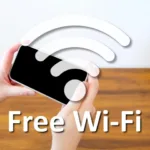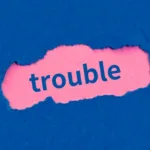- Introduction: The Smart Traveler’s Choice
- What is the Welcome Suica Card?
- How to Purchase a Welcome Suica Card
- How to Use the Welcome Suica Card
- How to Charge (Add Money to) Welcome Suica
- Advantages and Disadvantages of Welcome Suica
- Comparison with Other IC Cards
- Tips and Important Notes for Convenient Use
- Conclusion
Introduction: The Smart Traveler’s Choice
For international tourists visiting Japan, there is an essential item that makes using public transportation and making payments seamless. That item is the Welcome Suica Card. This convenient electronic money card is a prime example of the “touch and go” system widely used for travel on Japan’s major transportation networks and for payments at convenience stores, vending machines, restaurants, and more.
In this article, we will explain in detail the features of the Welcome Suica card, how to obtain it, how to use it, and important points that travelers should know. If you are planning a trip to Japan, use this guide to enjoy a more comfortable and efficient travel experience.
What is the Welcome Suica Card?
The Welcome Suica card is a dedicated IC card provided by JR East (East Japan Railway Company) for short-term foreign visitors to Japan. Unlike the traditional green Suica card, the Welcome Suica features a red design with cherry blossom motifs, taking into consideration that tourists might want to keep it as a souvenir.
When the issuance of regular Suica cards was temporarily suspended in 2023 due to semiconductor shortages, JR East continued to supply Welcome Suica cards for international travelers. Since March 2025, in addition to the physical card, the “Welcome Suica Mobile” app has also become available, providing more options for digitally-oriented travelers.
Main Features of Welcome Suica
- No Deposit Required: Regular Suica cards require a 500 yen deposit (security deposit), but the Welcome Suica does not require this deposit. This is because there is no need to return it, as it is intended to be kept as a souvenir.
- Validity Period: The Welcome Suica is valid for 28 days from the date of purchase. After this period, it can no longer be used. However, the iPhone Welcome Suica Mobile app version has a significant difference in that it is valid for 180 days.
- No Refund for Remaining Balance: Any balance that is not used within the validity period will not be refunded. It is important to plan to use up the balance within the valid period.
- Maximum Charge Amount: Cards can be charged up to a maximum of 20,000 yen, but the amount that can be added in a single charge ranges from 1,000 yen to 10,000 yen.
Types of Welcome Suica
There are multiple types of Welcome Suica cards available to meet different travelers’ needs:
- Standard Welcome Suica (Temporary Visitor’s): The standard type with a 28-day validity period.
- Welcome Suica with IC Special Pass: In addition to the regular Welcome Suica functions, this type comes with one of the following one-day unlimited ride passes built in:
- Haneda ⇔ Tokyo 1-Day Pass
- Narita ⇔ Tokyo 1-Day Pass
- Tokyo Metropolitan District Pass (unlimited rides on ordinary trains within Tokyo’s 23 wards)
- Extended Use Welcome Suica: Designed for travelers staying longer, this card can be used for up to 6 months.
- Welcome Suica Mobile: Released on March 6, 2025, this is an iPhone-only app version that is valid for 180 days. It’s convenient for digitally-oriented travelers, but has less value as a souvenir compared to the physical card. Only Japanese-made Android devices are supported.
How to Purchase a Welcome Suica Card
It is recommended to obtain a Welcome Suica card early in your stay in Japan. The main places to purchase are as follows:
Purchase Locations
As of January 2025, Welcome Suica cards can be purchased at the following locations:
- Airports:
- JR East Travel Service Centers at Haneda and Narita airports
- Vending machines at Narita Airport
- Vending machines in the Terminal 3 arrival lobby at Haneda Airport (near the Tokyo Monorail entrance)
- JR East Travel Service Centers at Major Stations:
- Tokyo Station
- Ueno Station
- Ikebukuro Station
- Shibuya Station
- Shinagawa Station
- Other Locations:
- Japan Rail Café Tokyo (Tokyo Station)
- Sendai Station
Purchase Procedure
Example of purchase procedure at Haneda Airport Terminal 3:
- Follow the signs to the Tokyo Monorail
- Look for the vending machine to the left of the ticket gates
- Prepare cash and wait in line
- If purchasing a child’s card, you may be asked to show a passport by a nearby attendant
- You can charge the card with between 1,000 and 10,000 yen in 1,000 yen increments
- Keep the reference paper (receipt) issued with the card
Note: There may be lines for purchasing Welcome Suica cards at airports. However, it is worth the time invested as it will make train travel smoother afterward.
How to Use the Welcome Suica Card
The Welcome Suica is designed to be very user-friendly. The basic usage methods are as follows:
Using on Public Transportation
- On Trains: Simply touch your Welcome Suica to the card reader at the ticket gate to pass through. There is no need to buy tickets.
- On Buses: Touch the card to the card reader when boarding or alighting.
There are two types of buses: flat-fare and distance-based:
- Flat-fare buses: Touch only once when getting off
- Distance-based buses (with fare display boards): Need to touch both when getting on and off
Areas Where It Can Be Used
Welcome Suica can be used in the following areas:
- Railways, subways, buses, and Tokyo Monorail in the metropolitan area (connecting Haneda Airport and the metropolitan area)
- Regional areas: Sendai, Niigata, Aomori, Morioka, Akita areas
- Other regions: Parts of Hokkaido, Tokai, West Japan, and Kyushu
Since Suica is compatible with the mutual use service of transportation IC cards, it can be used on many public transportation systems throughout Japan, including Kyoto, Osaka, and Fukuoka. Basically, you can use the Suica card anywhere with an IC card reader at the ticket gate.
Important Notes for Usage
- No Continuous Travel Between Areas: Welcome Suica cannot be used for continuous travel between areas. Transportation use that begins in one area must end in that area. When moving from one area to another, you need to exit the ticket gate and then enter again.
- Restrictions on Special Trains: For special transportation such as Shinkansen (bullet trains), express trains, and highway buses, separate tickets need to be purchased.
- Usage Range: Welcome Suica cannot be used on the following transportation:
- Shinkansen (bullet trains)
- Express trains
- Highway buses
- Airport shuttles To use these modes of transportation, you need to purchase separate tickets or a Japan Rail Pass.
- Handling Excess Fare: If you travel beyond your set section, you will need to pay the additional fare at a fare adjustment machine.
- Using Express, Limited Express, or Green Cars: When using these, you need to purchase additional tickets in advance.
Using for Shopping and Facilities
Welcome Suica can be used not only for public transportation but also for various shopping and facilities:
- Compatible Stores: It can be used for payments at convenience stores, restaurants, vending machines, etc.
- On-board Sales: It can also be used to purchase food and beverages on trains.
- Coin Lockers: It can be used as a key for station coin lockers to store luggage, and payments can be made directly.
- Taxis: It can be used as a payment method in some taxis.
Note: It is not possible to combine payment with cash.
How to Charge (Add Money to) Welcome Suica
Methods for charging the card when the balance runs out or when additional charging is necessary:
- First Charge Notes:
- Welcome Suica cards do not come with money preloaded
- The first charge must be made at ticket machines in JR stations within the JR East area (e.g., Tokyo, Shibuya, Shinjuku stations, Narita Airport), Tokyo Metro stations, Tokyo Keisei Railway stations, etc.
- The first charge cannot be made at Tokyo Monorail station ticket machines
- Chargeable Amount:
- Chargeable between 1,000 and 10,000 yen
- Can be recharged repeatedly, but up to a maximum of 20,000 yen
- Only Japanese yen cash can be used for charging; credit cards cannot be used
- Charging Locations:
- Regular ticket machines
- Multifunctional ticket machines
- Fare adjustment machines (with the nationwide mutual use symbol mark)
Advantages and Disadvantages of Welcome Suica
Advantages
- Convenience: Eliminates the need to purchase tickets and prepare small change. Simply touch to use easily.
- Wide Range of Use: Can be used not only on JR East lines but also on many public transportation systems and stores throughout Japan.
- Value as a Souvenir: Features a distinctive red cherry blossom design and can be kept as a memento of your trip.
- No Deposit Required: Unlike regular Suica cards, the 500 yen deposit is not required.
- Benefits: Welcome Suica holders can receive special benefits at stations, commercial facilities around stations, hotels, etc.
Disadvantages
- Short Validity Period: Regular Welcome Suica can only be used for 28 days, making it unsuitable for long-term visitors. However, the iPhone app version is valid for 180 days.
- No Refund for Remaining Balance: Since the balance is not refunded after the expiration date, it must be used up strategically.
- Continuous Travel Restrictions Between Areas: When traveling across areas, you need to exit the ticket gate and re-enter.
- First Charge Restrictions: The first charge can only be made at specific ticket machines in the Tokyo area.
Comparison with Other IC Cards
There are multiple transportation IC cards in Japan. Here is a comparison of Welcome Suica with other IC cards such as PASMO and Icoca:
- Suica: An IC card issued by JR East, primarily used on JR lines in Tokyo metropolitan and eastern Japan areas.
- PASMO: An IC card issued by Tokyo’s railway, subway, and bus operators (other than JR). The special version for foreign tourists, “PASMO Passport,” was discontinued in August 2024.
- Icoca: An IC card issued by JR West, primarily used on JR lines in the Kansai region (including Osaka and Kyoto), Chugoku region, and Hokuriku region.
These IC cards are virtually identical in terms of coverage. The main differences are where they can be purchased and refunded. Most travelers choose the card available in the city they first visit (e.g., Suica or PASMO in Tokyo, Icoca in Osaka).
Tips and Important Notes for Convenient Use
Usage Tips
- Keep the Reference Paper (Receipt): The reference paper (receipt) issued when purchasing a Welcome Suica contains important information such as the card’s validity period. Keep it during your trip as staff may ask to see it.
- Balance Check: The balance is displayed on a small display when passing through ticket gates or making payments at stores. You can check your current credit balance.
- Check Usage History: You can check and print your Welcome Suica payment history (statement) at any ticket machine or multifunctional ticket machine in the Suica area.
- No Sharing Among Multiple People: One Welcome Suica card cannot be used by multiple people simultaneously. Each person needs to have their own card.
Important Notes
- Check the Validity Period: The validity period is printed in the bottom right on the back of the card. Cards that have passed their validity period cannot be used, so caution is necessary.
- In Case of Card Malfunction: If your card malfunctions, bring the malfunctioning card, reference paper, and any other necessary documents to a JR East Ticket Office (Midori-no-madoguchi) in the Suica area for assistance.
- Check for Compatible Marks: If you see the “Nationwide Mutual Use Service Symbol Mark,” you can use your Welcome Suica on any train, bus, store, or vending machine with that mark anywhere in Japan.
- Mobile Version Usage Restrictions: The Welcome Suica Mobile app is currently only compatible with iPhones and Apple Watches, and only Japanese-made Android devices.
Conclusion

The Welcome Suica is a powerful tool for foreign tourists visiting Japan to smoothly use public transportation and make purchases. It is easy to use with no deposit required and also has value as a souvenir.
Use the information presented in this article to make your trip to Japan more comfortable and efficient. Make good use of your Welcome Suica to fully enjoy travel and shopping in Tokyo and throughout Japan.



コメント